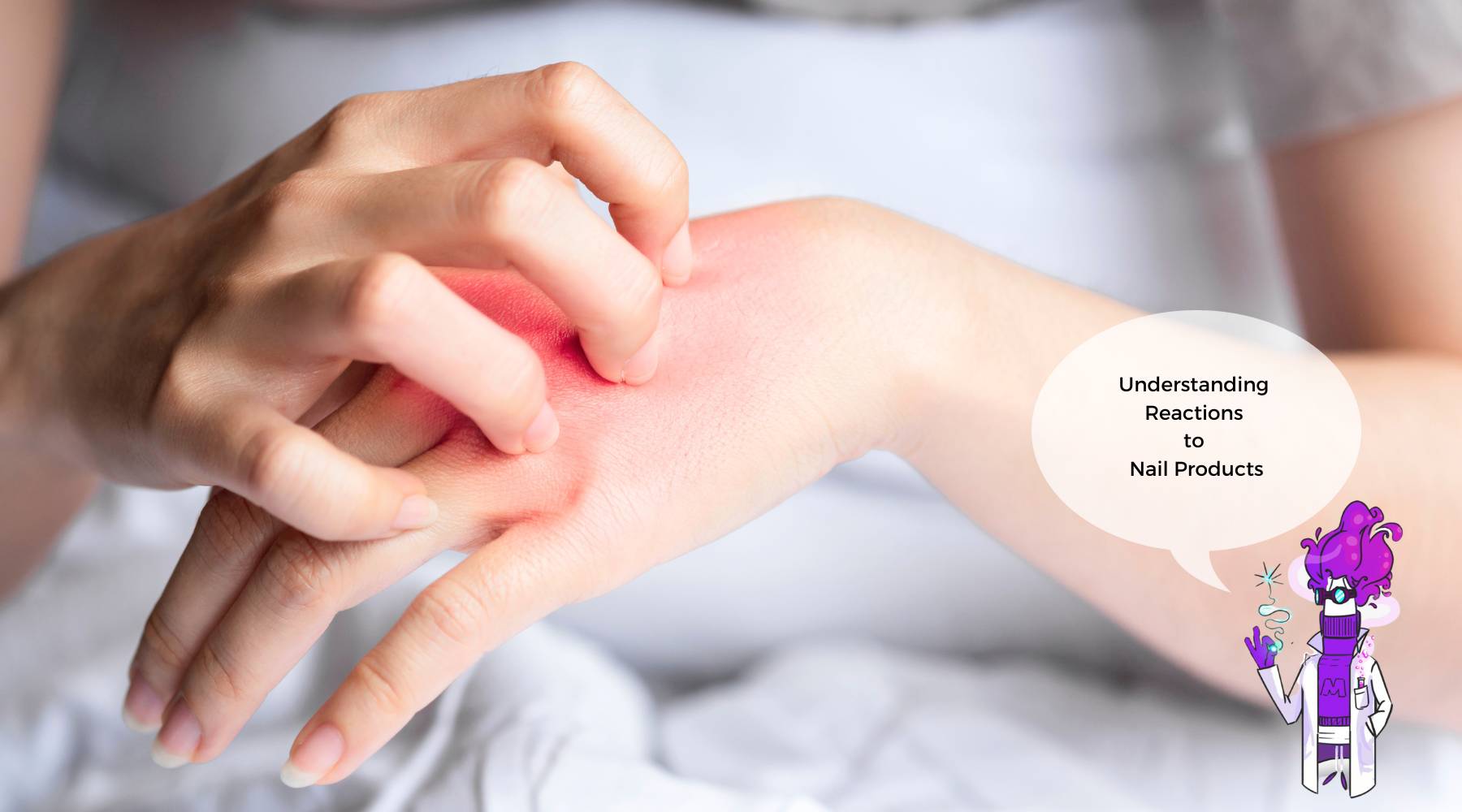-
DepartmentsGel Polish 3 Pack Bundle5 Pack Bundle7ml Line Art Gel15ml Gel Polish ColoursBase & Top CoatsSpecial EffectsGel Polish KitWildcatGel Polish Builder GelGel-iT Thick Colour GelMolten MetallicMoulding GelSculpture GelSpider GelSolid Led/Uv BondTexture GelXtreme Rubber Building GelBrushes & Tools Brush RestsClippers & NippersCuticle PushersDappen DishMenda PumpsPinching ToolsScissorsScraping ToolsSilk WrapsSmile Line CuttersSoaking BowlsTip ClampsTip CuttersBuffers, Files & Liquids E-File BitsE-File Brush BitPortable Mini E-FileProfessional E-FileSanding BandCuticle Care & Adhesives 2 Phase OilsCuticle Oil PensCuticle RemoversDry Shimmer OilsDry Strenghtening OilsNail Growth OilsShimmer FirmingNail Art Acrylic Paint MarkerAir BrushMarble InkArt ToolsDisplaysDry Flower PacksFairy ThreadsMixing PalletsNail Art TweezerPom Pom PacksShell PaperSilicone MouldsStriping TapeTable MatThe PottleWater Colour SetsNail Art Angel PaperLaser Foil StickersNail HugsNail StickersTransfer Foil CaseTransfer Foil SheetsWater TransfersNail Tips & Forms Cut Out TipsFull Cover TipsHalf Moon TipsIllusion TipsRevolution TipsSoft Gel TipsHand & Foot Care Gel-ohh jelly spaGel-ohh - Spa SetAvry Mani & Pedi KitsMani in a Box 3 StepPedi In a Box 4 StepPedi in a Box GlimmerPedi in a Box O2 BubblyPedi in a Box O2 Fizz 5 StepPedi in a Box Ultimate 6 StepDepartments
-
Recently Viewed
You have no recently viewed items.
- Home Page
- Gift Cards
- Blog
- Customer Support
- Our Stores
-
Training -
Reseller Programme
Reseller Programme - Easy Order Form
- Track your Order

Understanding Reactions to Nail Products
Understanding Reactions to Nail Products:
Allergies, Irritation, and Suggested Precautions
In the world of nail care, it's crucial to stay informed about potential reactions to products. Misunderstandings are common, and our mission is to equip you with comprehensive knowledge about reactions, empowering you to make informed choices. Whether you're a seasoned nail tech or a curious customer, delving into the nuances of product reactions is a step towards ensuring your nail experience remains both delightful and safe.
Over exposure over time
Allergic reactions to nail products don't spring up overnight. They brew over time, often taking months or even years to fully manifest. An often-overlooked trigger is overexposure – a result of repetitive skin contact with products. The first signs of an allergic reaction usually appear as minuscule blisters around the cuticles and fingertips. Over time, these symptoms may intensify, causing tingling and itching sensations. Interestingly, the thumbs are often the initial victims of this process. Nail technicians, habitually removing gel from sidewalls with their nails, and customers whose skin repeatedly encounters gel or acrylic, are both prone to these reactions.
Navigating Allergies vs. Irritation
It's essential to distinguish between true allergic responses and skin irritations. The latter can stem from a swift contact with a product, typically within a few hours or days following substantial exposure. This form of irritation – known as Contact Dermatitis – is characterized by redness, blisters, and possibly sore, dry, flaking skin. The line between these two conditions can blur due to their similar symptoms. To ensure accurate diagnosis and treatment, seeking medical advice should be your priority when faced with any adverse skin reaction.
Is it fair to blame HEMA for every reaction?
As industry experts, we acknowledge the role of Hema (2-Hydroxyethyl methacrylate) in products. Like reputable brands, our products contain a minimal Hema percentage, well within industry standards. However, assuming a reaction's cause based on internet research or self-diagnosis is unwise. We suggest a patch test conducted by a medical professional before drawing any conclusions. The complexity of nail product ingredients makes it impossible to pinpoint a trigger without proper testing. This knowledge holds value for both product use and medical disclosure in case of allergy-related concerns.
The Hypoallergenic Illusion
Switching to hypoallergenic or Hema-free products doesn't guarantee complete allergen avoidance. Such products might contain lower percentages of specific ingredients, still posing a risk of reactions. Overexposure due to negligence or incorrect application can render even these formulations problematic. Caution should be exercised during application, especially with gels.
Culprits of Allergies and Irritations
Several factors contribute to allergies and contact dermatitis, including repeated exposure to uncured gels touching the skin. Vigilance during application is essential to avoid such pitfalls. Factors such as excessive changing of colors, thick gel layers, cuticle area over-prepping, damaged nail plates, and unremoved residue from the skin can elevate risks. Minimizing skin contact is paramount and cannot be stressed enough.
A Safer Working Approach
To mitigate sensitivity risks, consider wearing Nitrile gloves at all times. Maintain a clean workspace, free from residue and product dust. Wiping gel residue off bottles post-use and promptly addressing skin irritations are recommended practices. Preserve your skin barrier with daily use of a barrier cream to prevent dehydration. Seek medical guidance for patch testing to identify irritants and allergens accurately if they occur.
Lighting The Way Forward
We hope this insight into product reactions sheds light on a complex subject. Navigating the realm of nail products requires diligence, precaution, and an eagerness to learn. By understanding allergies, irritations, and best practices, you're better equipped to enjoy stunning nails without compromising your skin's health. Remember, knowledge is your greatest ally in this journey toward beautiful, well-kept nails.
- Choosing a selection results in a full page refresh.

